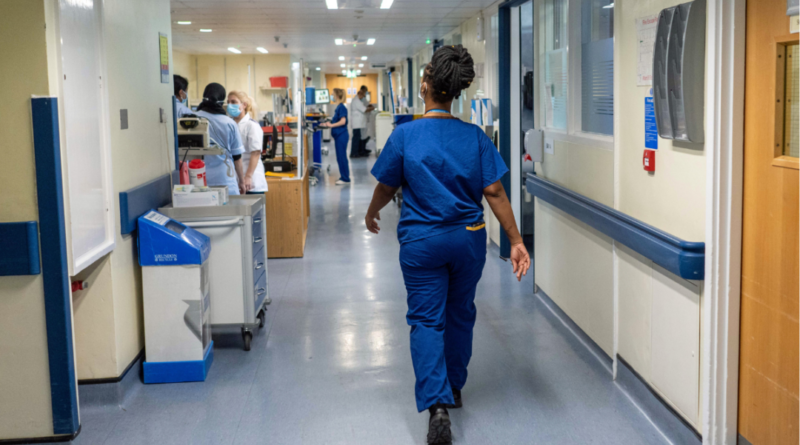New Study Shows Most Accurate Diagnostic Test Can Detect 96 Percent of Ovarian Cancers
Symptoms of ovarian cancer include bloating, loss of appetite, pelvic or abdominal pain, and fatigue.
After comparing all currently available tests to diagnose ovarian cancer in postmenopausal women, researchers found that one of them had the highest sensitivity in detecting the illness.
The IOTA ADNEX model, which examines what the lump looks like on ultrasound, could detect up to 96 percent of women with ovarian cancer.
It significantly outperforms the current standard of care test in the UK, called risk of malignancy test, which identifies 83 percent of ovarian cancers.
The study, led by Dr. Sudha Sundar from the University of Birmingham, examined data from female patients from 23 UK hospitals with non-specific symptoms and raised tumor markers.
“This is the first time that a head-to-head study of all available ovarian cancer tests have been done in the same population. Here we studied their use with symptomatic, postmenopausal women who are most at risk of this cancer. Our trial found that the IOTA ADNEX ultrasound protocol had highest sensitivity for detecting ovarian cancer compared to the standard of care and other test,” said Sundar in a statement.
The IOTA ADNEX test performs well when delivered by trained sonographers with specific training, certification, and quality assurance.
“It is important that a new standard is able to be delivered by as many clinical professionals as possible,” Sundar said.
She added that owing to its higher sensitivity, the IOTA ADNEX model is likely to flag up some women who don’t have cancer.
“We however did discuss this extensively with patients, cancer charity Target ovarian cancer and NHS experts who all agreed that in postmenopausal women who are at higher risk of ovarian cancer, picking up more women with cancer would benefit women overall,” Sundar said.
Early Diagnosis
Chief Executive at the charity Target Ovarian Cancer Annwen Jones welcomed the results of the research, stressing that early diagnosis is vital to the success rate of outcomes in ovarian cancer patients.
Ovarian cancer is associated with symptoms such as bloating, loss of appetite, pelvic or abdominal pain, fatigue, or changes in bowel habits.
Researchers said that only about 3 percent of premenopausal and 18 percent of postmenopausal women with expedited NHS referrals will be diagnosed with ovarian cancer.
Hospital gynaecologists use risk-prediction models, tests, or scores to triage patients. Accurate triage is important because patients with ovarian cancer who are managed in specialist gynaecological cancer centres have better chances of survival than those who have less extensive surgery.
“Alongside this innovative research we need to see greater awareness of the symptoms of ovarian cancer so that women know to come forward to their GP for testing and receive the best possible treatment as quickly as possible. It is crucial that new ways of working like this are rolled out as quickly as possible,” Jones said.
Around 310,000 people per year get ovarian cancer, with a mortality rate of more than 200,000 deaths per year. Most patients with ovarian cancer are diagnosed at advanced stages, with a 35 percent chance of a 10-year survival rate.
“An earlier, more accurate method of diagnosing ovarian cancer could therefore improve survival,” the study said.
A health economic analysis of adopting new diagnostic standards, such as IOTA ADNEX at the 10 percent threshold, is underway. According to researchers, it will offer crucial insights for health policy decision making.





